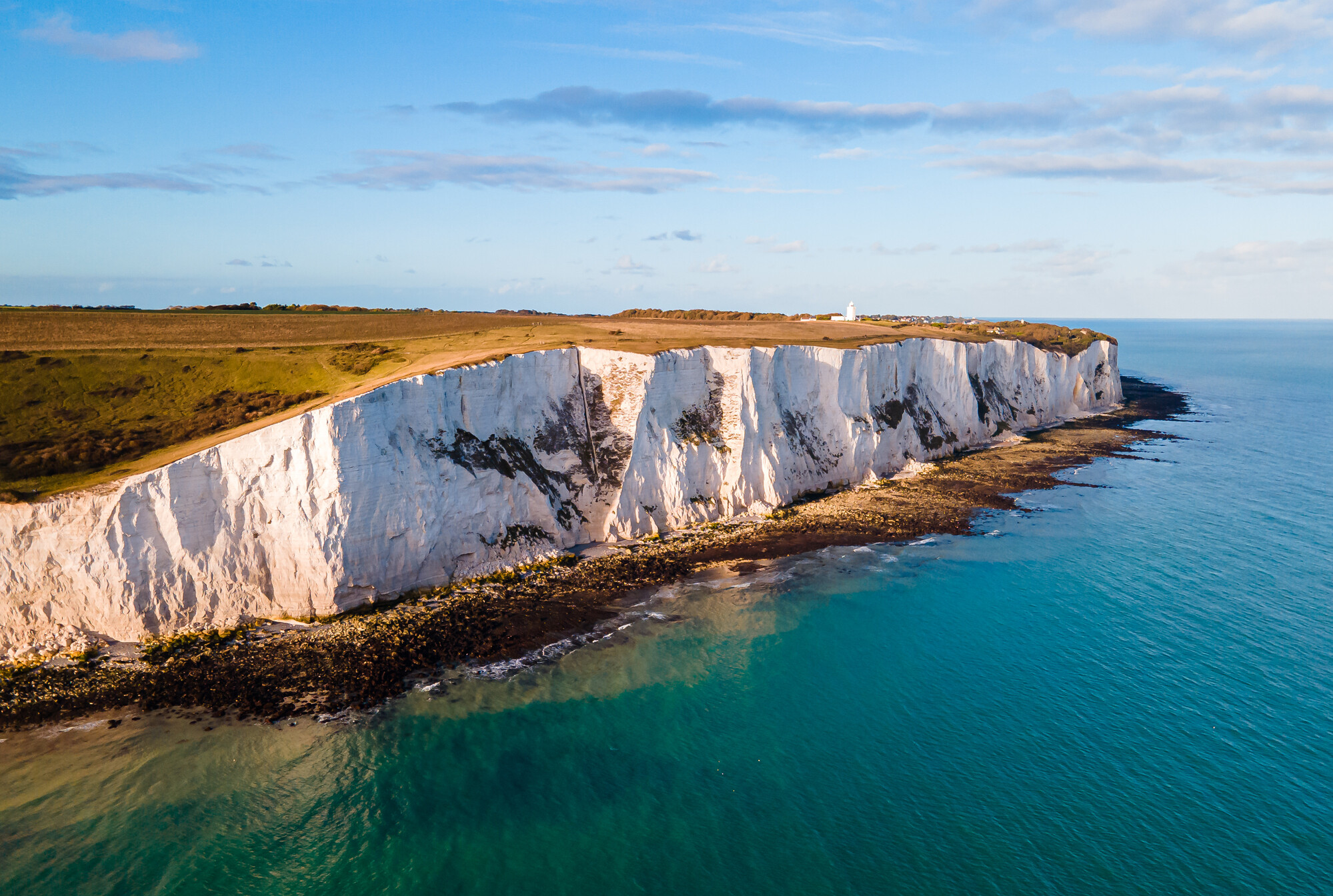Bath is not just a city, it is a living encyclopedia of British architecture, ancient heritage and spa culture. Located in the southwest of England in the county of Somerset, it is a UNESCO World Heritage Site twice – a rare occurrence in the UK. The historic atmosphere, thermal springs and Jane Austen-era aesthetics make Bath a must for those looking for a truly multi-layered travel experience rather than a superficial one.
Architecture and history: from Roman baths to the Royal Crescent
Bath owes its emergence to the hot springs. It was here, on the site of the Roman Aquae Sulis, that one of the most important spa complexes of the ancient world was erected. The remains of the baths are now the central attraction of the city, where you can literally touch two thousand years of history.
The Georgian era is the second peak of Bath’s prosperity. Architects John Wood Senior and his son created a true masterpiece of urban planning: the majestic Circus, the graceful Royal Crescent, the symmetrical terraces and the famous Paltney Bridge, inspired by Roman prototypes. These structures not only shape the visual appearance of the city, but also set an atmosphere of unhurried sophistication.
Culture and events: from Austin to festivals
Bath has inspired artists, writers and composers. Jane Austen lived here, and her novels “Northanger Abbey” and “Reason’s Reason” reflect life in the early 19th century town. Museums – from the Jane Austen Center to the Fashion Museum to the Victoria Gallery – provide a holistic view of cultural and intellectual life.
The city lives not only in the past: every year it hosts dozens of festivals – musical, literary, digital. The Royal and Forum theaters attract filmmakers from across Europe, while numerous parks – from Sydney Gardens to Royal Victoria Park – become venues for cultural events and outdoor recreation.
Thermal springs: benefits proven over centuries
Bath is the only city in the UK with natural hot springs. Water heated by the geothermal energy of the Mendip Hills comes to the surface with a temperature of about 46°C. The modern Thermae Bath Spa offers the opportunity to immerse yourself in the same water that the Romans and Anglo-Saxons revered.
Important: visits to thermal baths are contraindicated in certain medical conditions, so it is recommended to consult a doctor before the visit.
Transportation and accessibility: how to get there and get around
Bath is conveniently located just 90 minutes by train from London (Paddington station), close to Bristol and the M4 and A4 freeways. A well-developed network of commuter buses, bike routes and even a clean air zone make it comfortable to get around without a car.
Features Two Tunnels Greenway, an ancient railway line converted into a scenic cycleway through two of the longest pedestrian tunnels in the UK.
Practical tips for the traveler
- The best time to go is spring and fall, when tourist traffic is down and nature is especially evocative.
- The duration of the visit is from 2 to 3 days to have time to see the Roman Baths, stroll the – Georgian terraces, visit museums and of course relax in the spa.
- Food features – don’t forget to try Sally Lunn’s bun and Bath Buns – gastronomic symbols of the city.
- Save money – visit free exhibitions at museums and use the Bath Discovery Card if you plan an extended stay.
Bath is a city where every building and street carries meanings. There is no metropolitan bustle here, but a rare sense of proportion, peace and depth. If you’re looking for a place that can inspire, educate, surprise and relax at the same time, Bath is your choice.







